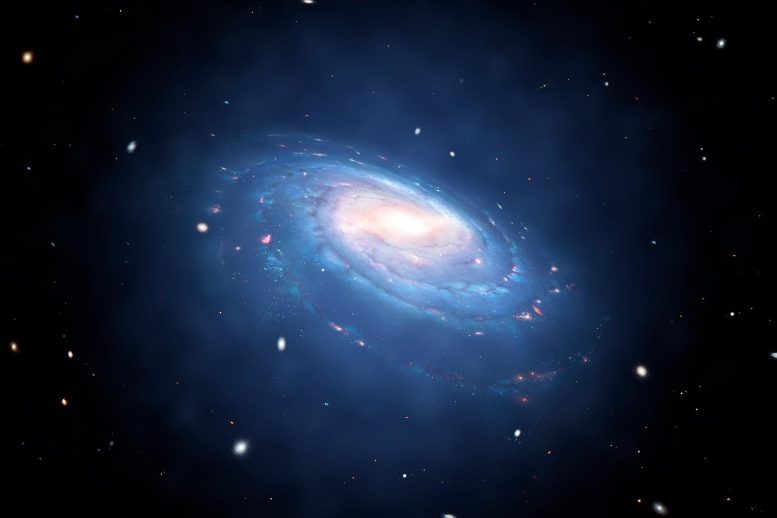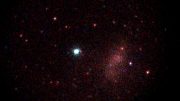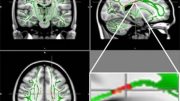
Chinese astronomers have observed the complete transformation of dwarf galaxies into ultra-compact dwarf galaxies (UCDs), revealing a crucial intermediate stage in galactic evolution and solving longstanding mysteries about UCD origins.
A team of Chinese astronomers has successfully observed the full transformation of dwarf galaxies into ultra-compact dwarf galaxies (UCDs). This significant discovery was detailed in a study recently published in the journal Nature.
Traditionally, galaxies and star clusters have been viewed as separate entities. Galaxies originate and develop within dark matter halos and have a complex evolutionary history. In contrast, star clusters are formed from giant molecular clouds located within galaxies.
The Role of Dwarf Galaxies
Dwarf galaxies are the least luminous class of galaxies and play a crucial role in the evolution of the universe. Discovered around 2000, UCD gets its name due to its extremely dense inner star system, with a mass and size between a galaxy and a star cluster, and the mystery behind its origin remains unsolved.
Although some research findings in recent years suggest that many UCDs may originate from collapsing dwarf galaxies, the specific process of the evolution has not been confirmed by observations.
Researchers from Peking University, Shanghai Jiao Tong University, and research institutions in Canada and the United States have used the Hubble Space Telescope, the Canada-France-Hawaii Telescope, the Gemini North Telescope, and other observation equipment to search for about 600 UCD candidates in the Virgo cluster.
Significant Findings
They found that about 15 percent of UCDs are surrounded by faint star halos. These UCDs are highly correlated with strongly nucleated dwarf galaxy, a newly defined class of dwarf galaxy, in terms of morphology, color, and spatial distribution, which may be an intermediate stage in the evolution of dwarf galaxies to UCDs, according to the study.
The research team has observed the various stages in the formation of UCDs for the first time, said Wang Kaixiang, first author of the study, who is also a doctoral candidate at Peking University. The study shows how dwarf galaxies collapse and form UCDs and even clusters, clearly revealing the evolution law, Wang said.
Reference: “An evolutionary continuum from nucleated dwarf galaxies to star clusters” by Kaixiang Wang, Eric W. Peng, Chengze Liu, J. Christopher Mihos, Patrick Côté, Laura Ferrarese, Matthew A. Taylor, John P. Blakeslee, Jean-Charles Cuillandre, Pierre-Alain Duc, Puragra Guhathakurta, Stephen Gwyn, Youkyung Ko, Ariane Lançon, Sungsoon Lim, Lauren A. MacArthur, Thomas Puzia, Joel Roediger, Laura V. Sales, Rubén Sánchez-Janssen, Chelsea Spengler, Elisa Toloba, Hongxin Zhang and Mingcheng Zhu, 8 November 2023, Nature.
DOI: 10.1038/s41586-023-06650-z









Be the first to comment on "Dwarf Galaxies’ Big Secret: New Study Reveals How They Transform Into Ultra-Compact Dwarfs"